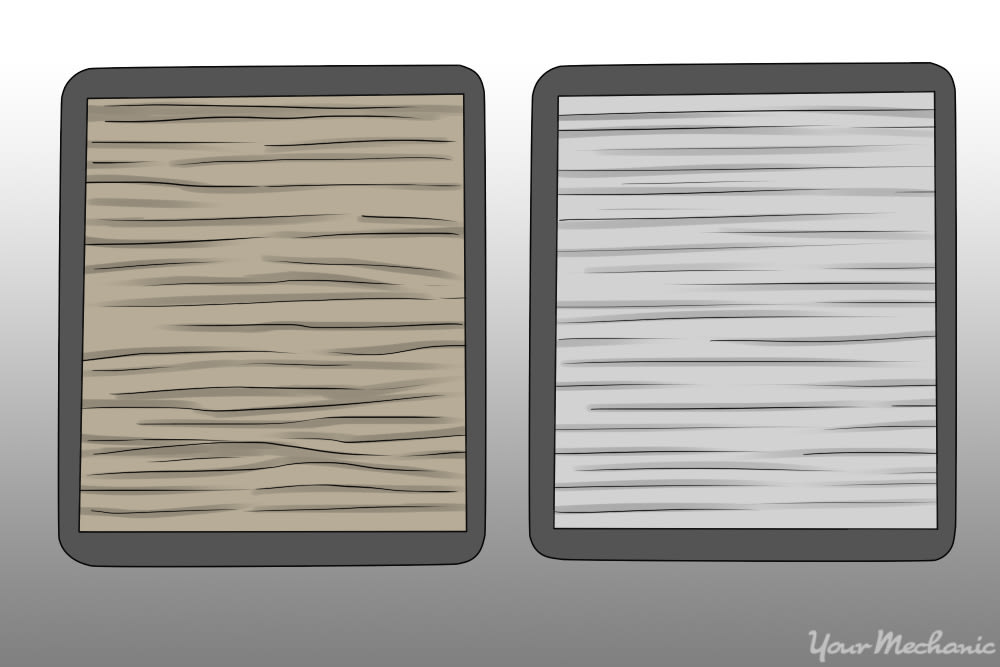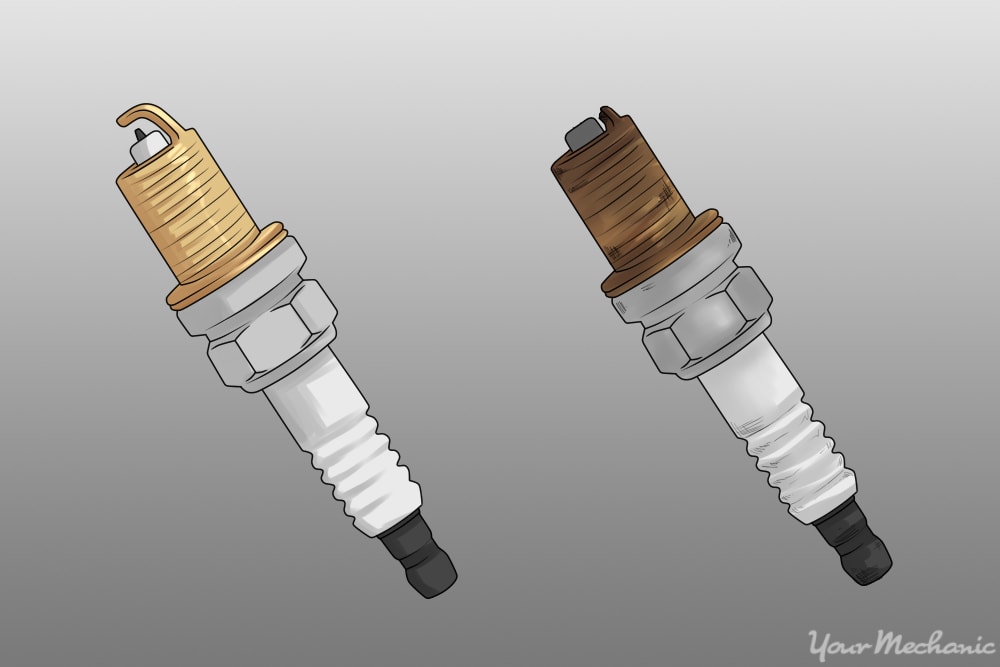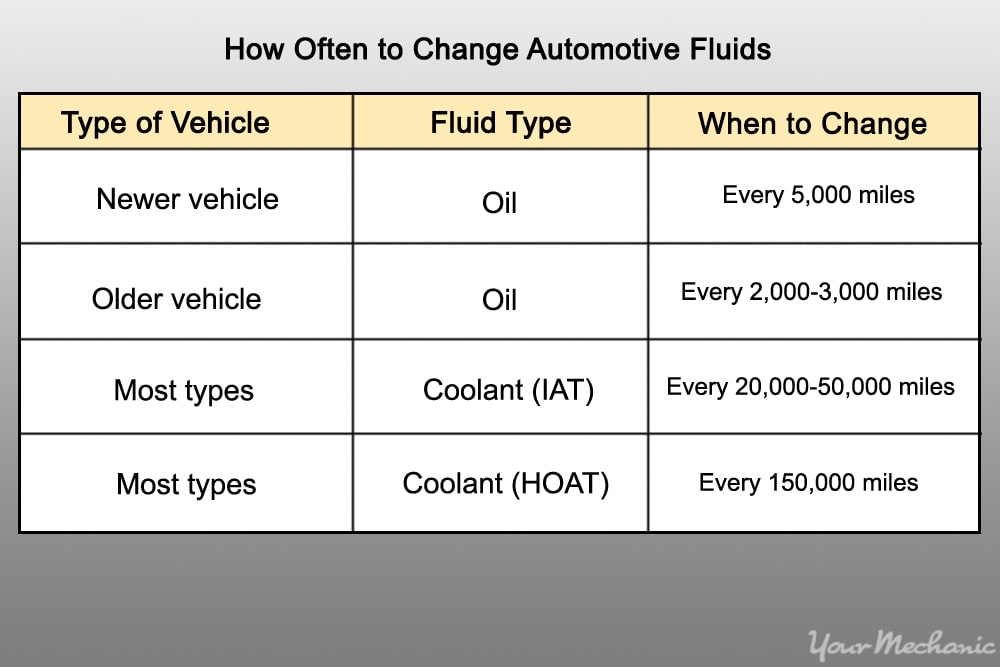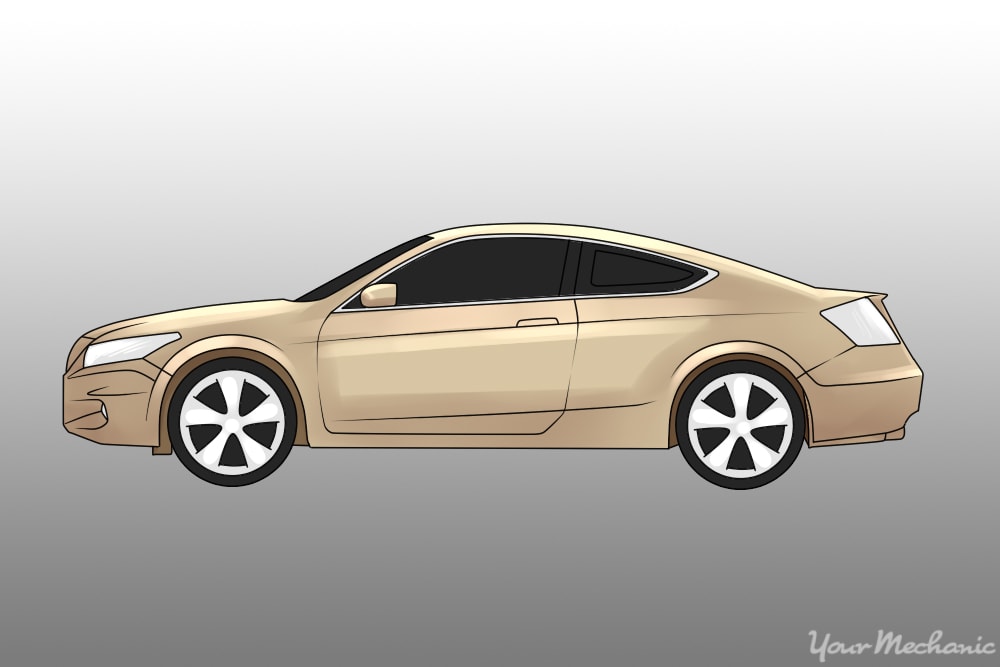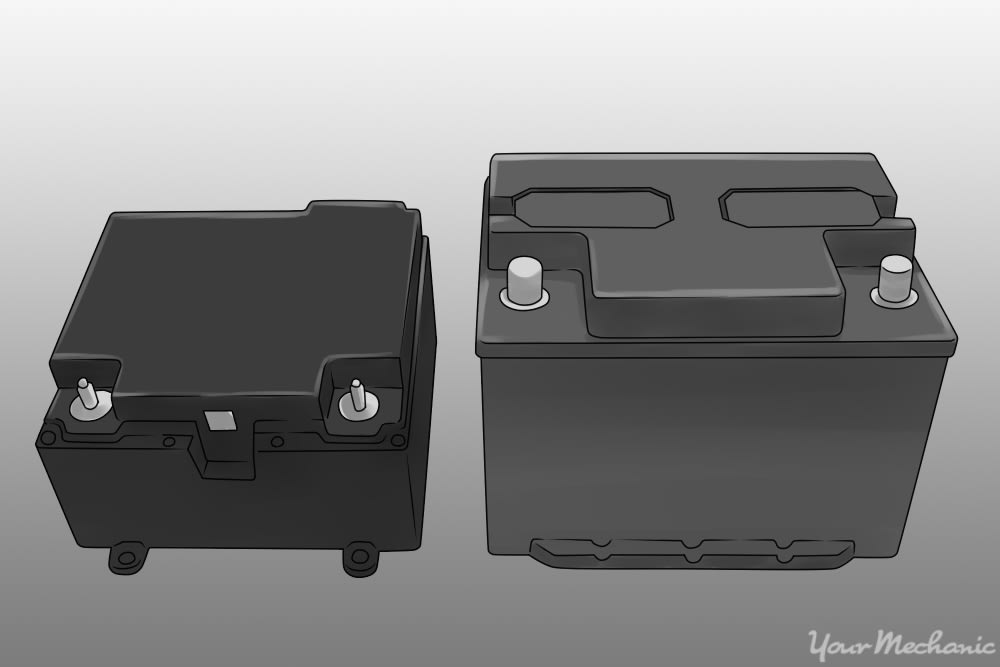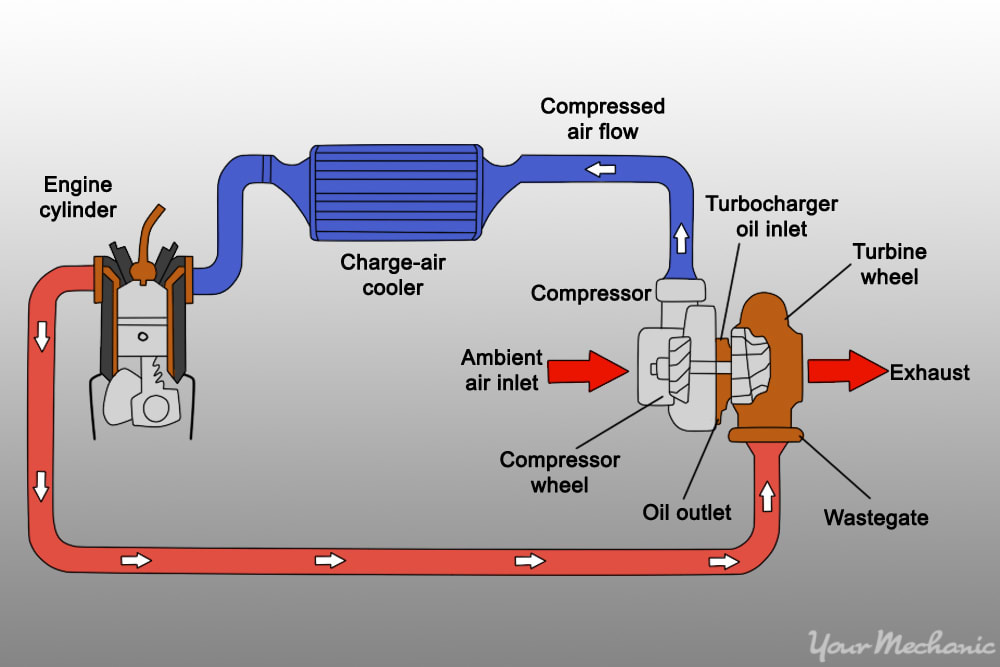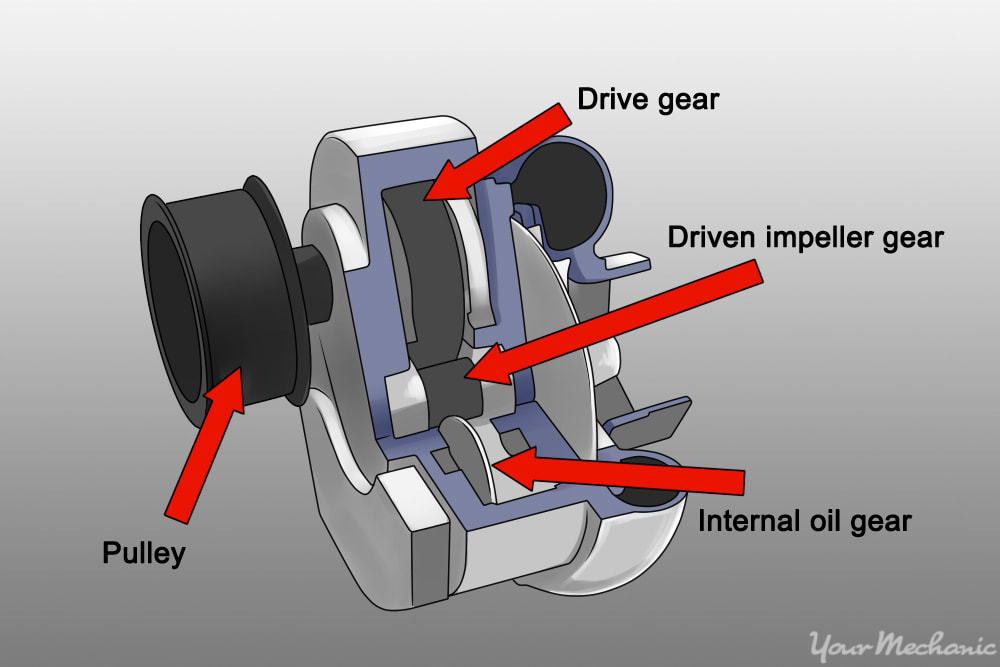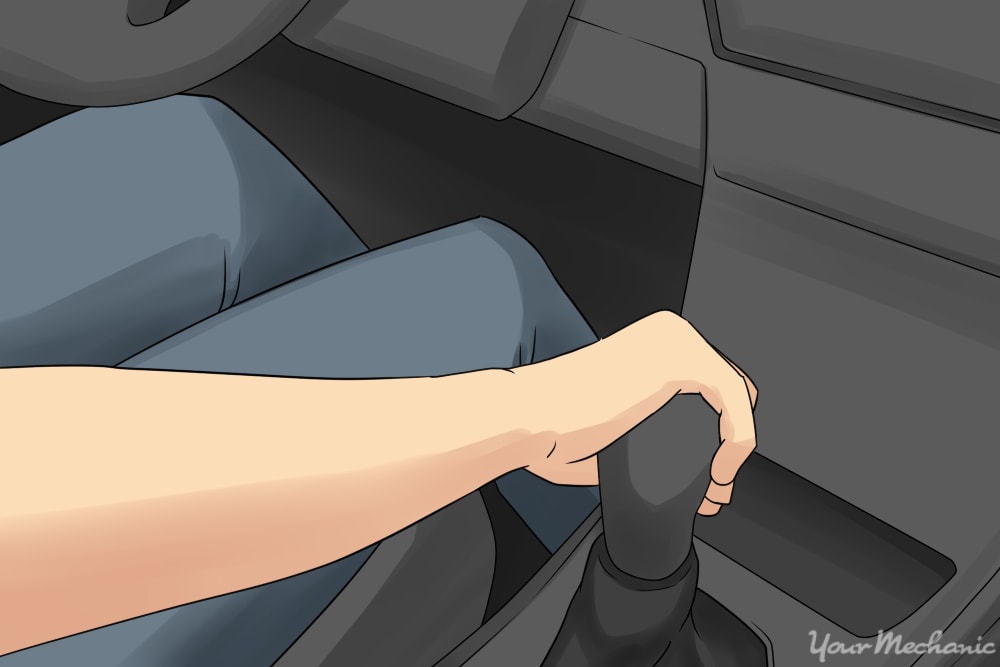

The more horsepower your vehicle has, the faster it can accelerate and pick up speed. Therefore, it is natural to reach a time in a car owner’s life when they may ask themselves how they can assist in maximizing their car’s horsepower for top performance. While there are a large variety of ways to make your vehicle perform better, there are four areas that are easier to address if you want to maximize the power your engine already has or even find a few ways to actually increase the horsepower on your car.
Whether your car is driven daily or a weekend warrior, it is always a more enjoyable driving experience when you step on the gas pedal and get that feeling of being thrown back in your seat. Following the tips below will help you achieve that.
Part 1 of 4: How maintenance helps
Keeping your vehicle properly maintained and performing any routine repairs is the first step towards achieving better horsepower performance.
Step 1: Use good quality gas. Be sure to use a good quality fuel (gasoline) at the highest octane you can find in your vehicle. Using 91+ will allow the engine to maximize horsepower.
Step 2: Keep the filters clean. Keeping the car’s air filter and fuel filter clean and free of debris is not only required maintenance but will also maximize the existing horsepower in your engine.
Step 3: Replace the spark plugs. Be sure to replace your vehicle’s spark plugs regularly to maintain a good health spark and power to the engine.
Step 4: Change your fluids regularly. Monitor and change all of your vehicle’s fluids as necessary.
Fresh engine oil will aid in the engine spinning more freely, allowing in better performance, so keep up on those oil changes every 3000 miles.
Part 2 of 4: Weight matters
The heavier your vehicle is, the slower it will go. One of the best things you can do to increase horsepower is to reduce the weight of the vehicle. This will increase the weight to horsepower ratio. An engine that produces 100hp will move a vehicle that weighs 2000lbs a whole lot quicker than that same engine in a car that weighs 3000 pounds.
- Tip: When deciding to remove parts of your car for weight, it must be noted that sometimes there will be a compromise. It may come down to having to decide what is more important for you: speed or, in some cases, comfort.
Step 1: Replace heavy rims with lighter ones. Replacing factory rims and tires with lighter weight rims, as well investing in a lighter performance tire, are all great upgrades.
Not only will your car shed some weight but it will look great and handle better too. It is very possible to lose 10 to 15 pounds per wheel.
Step 2: Replace body panels. Replacing body panels with fiberglass or carbon fiber panels will drop a lot of weight and improve the look of the vehicle.
Replacing the hood, fenders and trunk lid with carbon fiber panels will save your vehicle anywhere from 60-140 pounds. Of course, this number will vary depending on the make and model vehicle you have.
Step 3: Replace your battery. Replacing your vehicle’s battery with a smaller, lithium battery can knock off an additional 20 to 30 pounds.
Step 4: Remove extra AC components. If you are able to feel comfortable without your vehicle’s air conditioner, removing all of the components that are related to the air conditioner will save anywhere from 80 to 120 pounds.
Removing it also means that the engine will have one less accessory to operate, meaning the engine does not have to work as hard.
- Tip: If removing the AC is something that you are considering, be sure to have the refrigerant safely removed and disposed of as well. Do not empty the system into that atmosphere, it is bad for the environment, not safe to breathe in and you can be heavily fined if caught.
Step 5: Remove all other parts you don’t need. While not recommended, removing the spare tire and tire tools will free up another 50 to 75 pounds.
You can also remove the rear seats, rear seat belts and interior trim pieces around the rear of the vehicle and trunk area.
These pieces may be light individually but together they can add up and save anywhere from 40 to 60 pounds.
Part 3 of 4: Vehicle upgrades
Upgrading certain systems on your vehicle will increase your engine's horsepower and allow for a quicker ride.
Step 1: Replace the air intake system. Replacing this with a bigger, more free flowing cold air intake system, will allow more air to enter the engine as well as drop the temperature of the air coming into the engine.
More cold air (cold air is more dense so greater volume) means the computer will need to add more fuel to the engine. This means a larger “boom” in the combustion chamber, resulting in more power.
An air intake upgrade alone may increase your engine 5 to 15 horsepower, depending on the specific engine and the type of air intake system installed. Add this to an exhaust system upgrade and you can see gains as high as 30 horsepower.
Step 2: Upgrade the exhaust system. Upgrading this along with the air system will allow you to see moderate gains.
Installing a free flowing exhaust with a larger diameter piping allows the engine to “exhale” quicker. Exhaust system upgrades include:
Exhaust manifold or headers. Not only will this aid in producing more power but it will also decrease the weight of the overall vehicle too.
High performance catalytic converter and muffler. This will increase the flow of exhaust gases and allow the engine to breath easier and increase horsepower.
Larger diameter piping. This allows for more flow of the exhaust gases and knowing what size piping to upgrade to will help.
If your vehicle is naturally aspirated, a good rule of thumb is 2.5 inch piping for 4 cylinder engines and 3 inch piping for 6 and 8 cylinders.
If your vehicle is turbo or supercharged than 4 cylinders would benefit from a 3 inch exhaust and 6 and 8 cylinders would benefit from a 3.5 inch exhaust
Step 3: Upgrade the camshaft. This moves the valves in the engine. Installing a more aggressive cam will allow the valves to suck in more air and release more exhaust gases. The result is more power!
Upgrading the camshafts and adjusting the engine's timing will maximize your engine's performance especially when upgrading the air intake and exhaust system as well.
Part 4 of 4: Forced induction
The quickest, and also the most expensive, way to add power to your vehicle, is to install a supercharger or turbocharger. These are also referred to as forced induction components, as both force air into the engine. Remember the more, air you can get into the engine, the more fuel you can add, allowing for bigger explosions in the combustion chambers. All of this results in more power!
Step 1: Install a supercharger. A supercharger is belt-driven like your alternator or power steering pump. As the RPMs in your engine increase it pushes more air into the engine.
This is a great modification but it also puts a rotational drag on the engine like the air conditioner; it’s one more thing to turn.
The upside is the extra power is always there as soon as you hit the gas. Installing a supercharger by itself with no other upgrades can show gains of 50 to 100 horsepower.
Step 2: Install a turbocharger. A turbocharger uses the exhaust gases to spin a turbine, forcing air into the engine.
This is a great way to take that wasted energy and convert it to usable energy.
Turbochargers have a wide range of sizes for different applications, so taking on a project like this requires a lot of time and research to be certain you are using the best turbocharger for your engine.
Depending on how elaborate you decide to make your turbo setup, it is very possible to see gains as little as 70 horsepower on the low end and over 150 horsepower on the higher end.
You always want to make sure before completing any modifications to your vehicle that the alteration is legal according to your state of residence guidelines. Some modifications are legal in some states but may not be legal in others.


